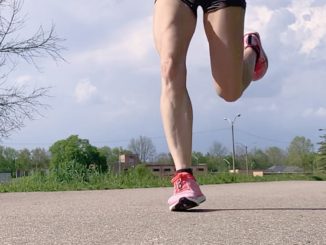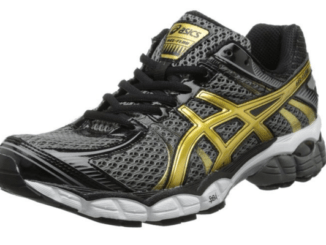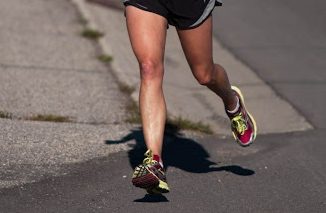
Is Forefoot Running Faster than Heel Strike Running?
One prominent example the research has provided us is forefoot running is actually faster than heel strike running, even for the marathon, because the mechanical components that are specifically engaged when a forefoot strike is employed allows the Achilles tendon and the arch of the foot to function better at storing and releasing energy-saving elastic power. The big advantage of this is the muscles use less energy to push the body forward through each step as compared with heel strike running, which relies on the knees to handle the bulk of the mechanical work. This is one reason over-use injuries at the knee are steadily high in heel strike runners, regardless of cushioned footwear!







